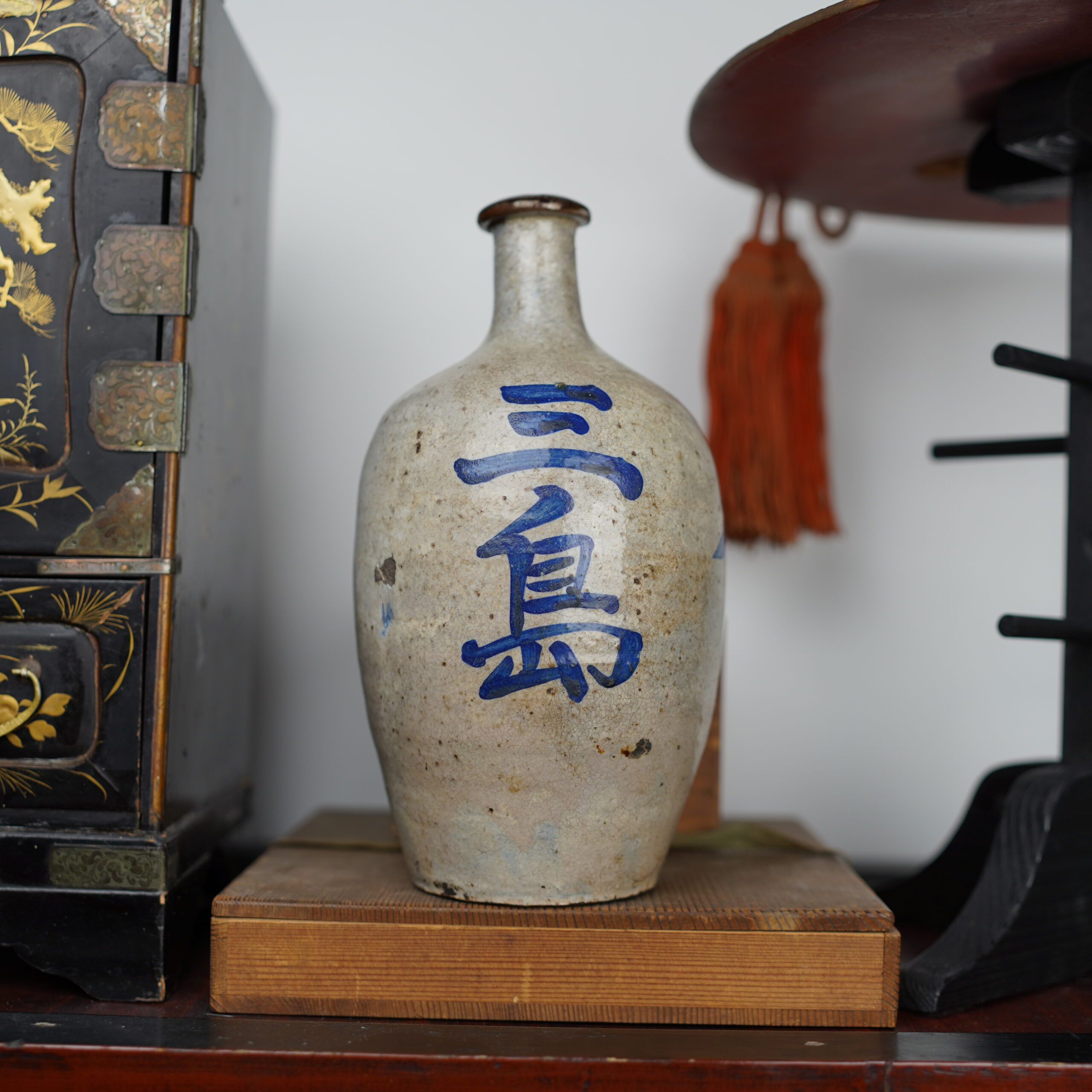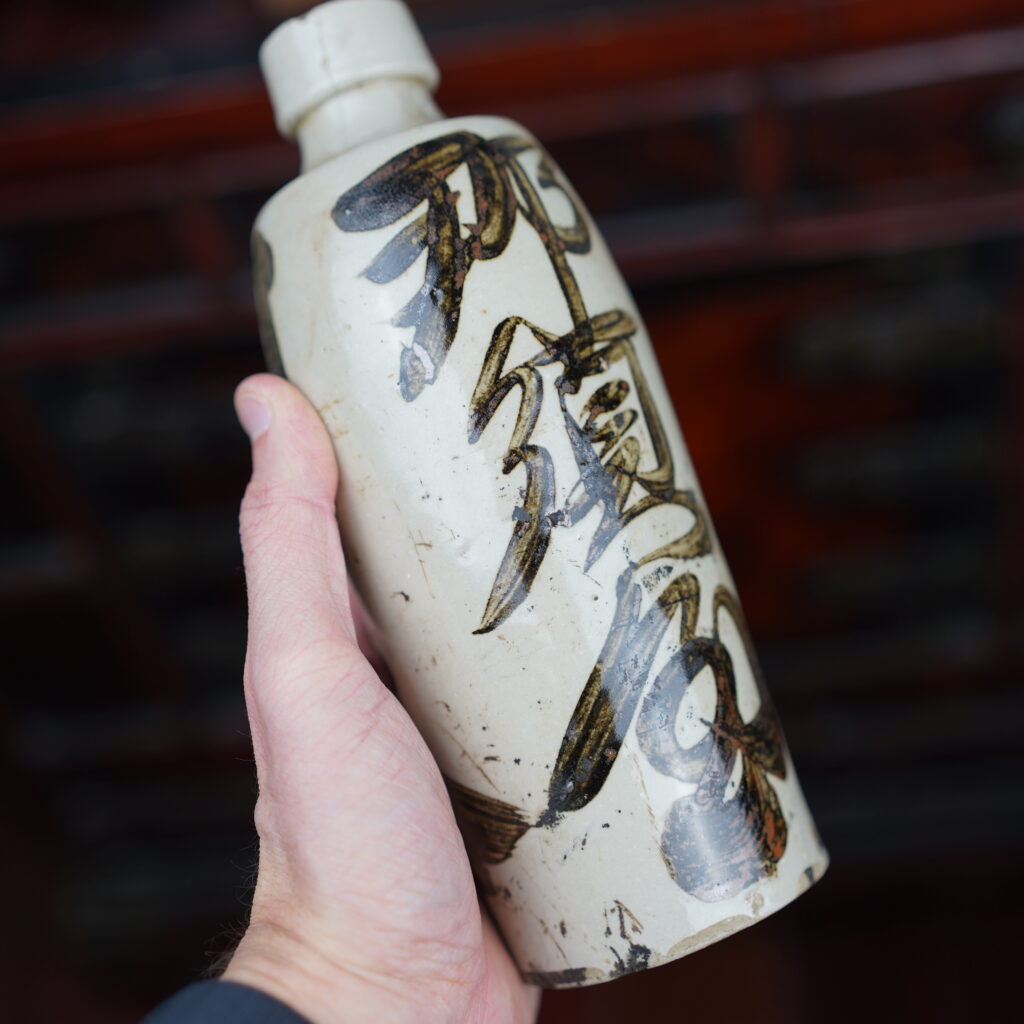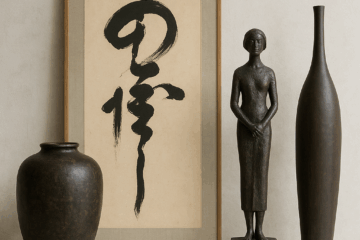An ancestral tradition
The tokkuri 徳利, that emblematic little bottle dedicated to sake, occupies a special place in Japanese cultural heritage. Its history goes back several centuries, even more than a millennium, reflecting Japan's passion for the art of the table and refinement.
Sake, often described as "rice wine", is more than just a drink: it is a symbol of conviviality, celebration and national identity. Sake plays a central role in Shinto ceremonies and family gatherings.
Over the years, the tokkuri has become one of the main accessories for tasting and sharing sake, embodying both Japanese tradition and delicacy. They come in a variety of shapes, but the most classic model is characterized by a bulging body and narrow neck, allowing the drink to be poured with ease and preserving its aroma.
Often heated in a bain-marie (using a pot called a yakan) to enjoy warm or hot sake, the tokkuri reflects Japanese meticulousness, where every detail of service takes on great importance.
Manufacture and aesthetics of tokkuri
Tokkuri are traditionally made from ceramic or porcelain, although glass and metal versions are also available today. Ancestral pottery techniques, such as those from the famous Bizen, Imari or Kutani kilns, have greatly influenced the appearance and quality of these bottles. But tokkuri are very often made in stoneware (porcelain stoneware or traditional stoneware), notably for their sturdiness and ability to retain heat.
In fact, stoneware also has the advantage of retaining aromas and conferring a certain mingei aesthetic, much appreciated in Japanese tableware.
Each region of Japan has its own aesthetic signature, whether in the choice of clay, firing method or decorative motifs. Some tokkuri feature colorful glazes, floral motifs or natural landscapes, while others prefer monochrome sobriety, emphasizing the purity of the material.
Beyond visual beauty, the design of a tokkuri responds to precise criteria: a base wide enough to remain stable, a narrow neck to retain heat or coolness, and a naturally designed spout to gently pour sake. This quest for balance between form and function reflects the Japanese approach to design, where every object, no matter how humble, is given an almost artistic dimension.
In their quest for perfection, potters do not hesitate to combine age-old processes with modern innovations to produce ever more singular tokkuri, sought after by art lovers the world over.
The tokkuri at the heart of sake culture
Serving sake is more than just choosing the right bottle: it's a true ritual in which the tokkuri is the key player. In Japan, sharing a tokkuri of sake is a gesture of generosity and respect. Each person fills the other's small glass, inviting conviviality and exchange. The small size of the tokkuri encourages regular refills, maintaining social ties during meals or festive gatherings.
Serving temperature also varies according to the type of sake and the season: while a light, fragrant sake will often be enjoyed chilled, a sake richer in umami will reveal its flavors better when served warm. In both cases, the tokkuri, with its airtight design and appropriate size, lends itself perfectly to keeping the drink at the right temperature.
Beyond its practical function, it embodies the Japanese philosophy of "wa", harmony, where each element of the meal contributes to balance and conviviality. So, from the exacting standards of its manufacture to the attention paid to service, tokkuri remains inseparable from sake and, more broadly, from the refinement of Japanese culture.
Looking for Tokkuri? Don't hesitate to contact me!






